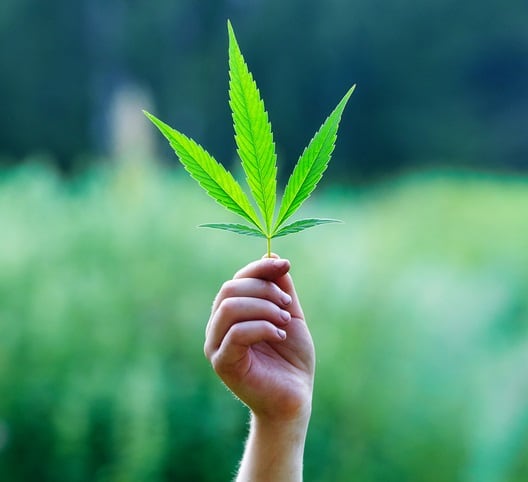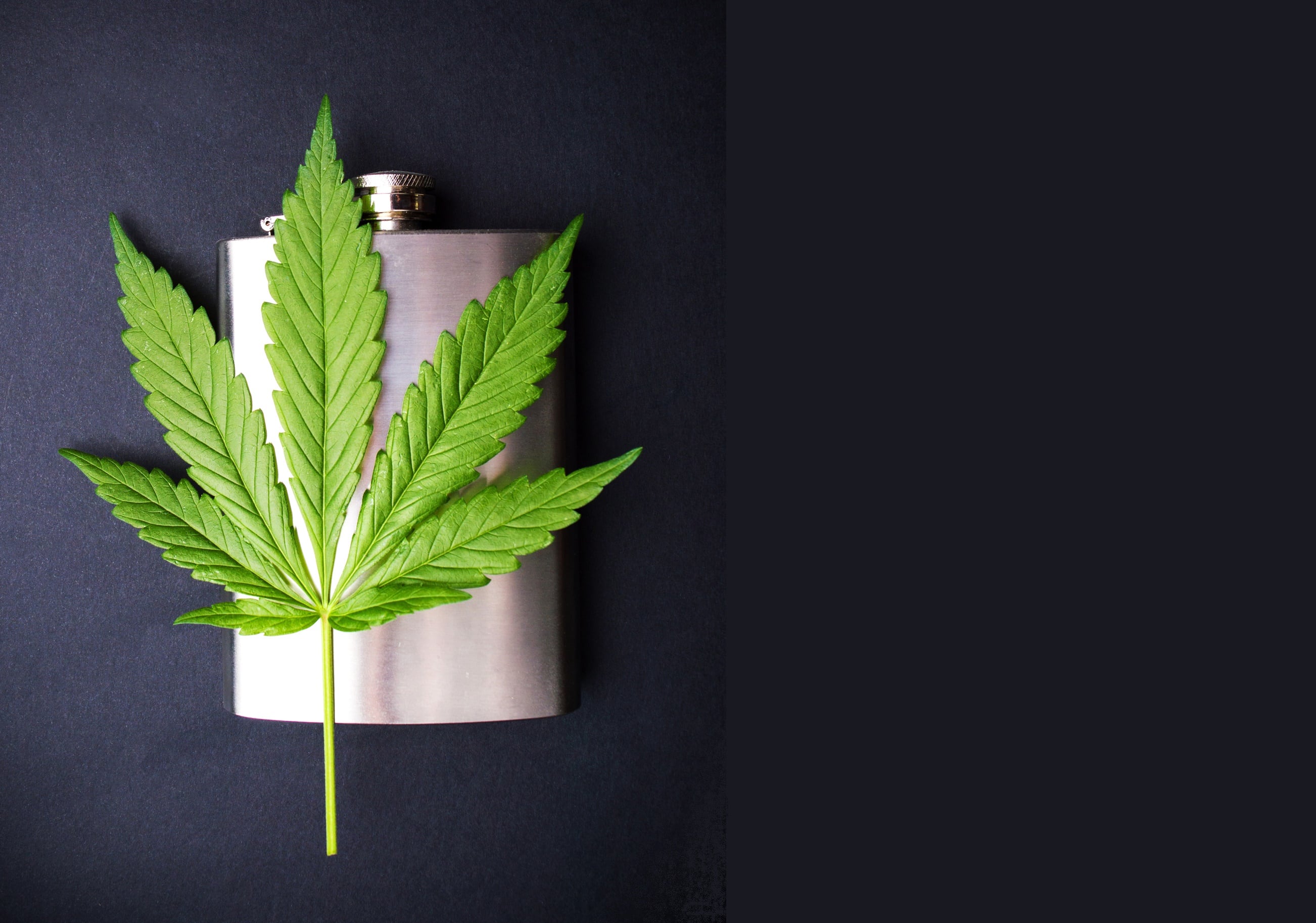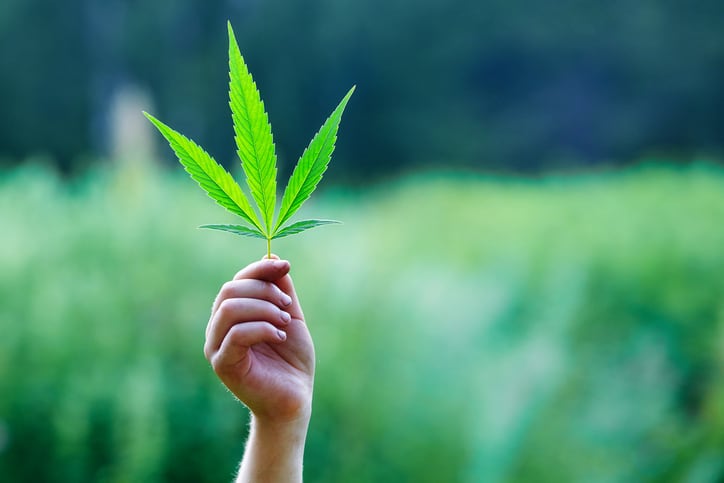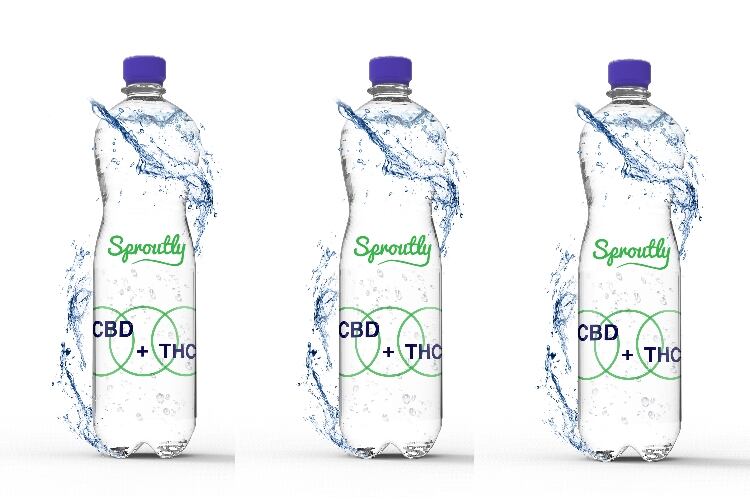Colorado, Washington state and Oregon are the three states with the longest history of legalized recreational marijuana, with sales first legalized in Colorado five years ago. A study from the Distilled Spirits Council has looked at per capita alcohol sales in the three states both before and after legalization of marijuana.
It found that per capital total beverage alcohol sales (spirits, wine and beer) were roughly flat across the three states: in line with national trends.
“In the three states with the longest history of legalized recreational marijuana sales – Colorado, Washington state and Oregon – there is no evidence that legalization has had any impact on spirits sales, nor is there any evidence that it has impacted total alcohol sales,” says David Ozgo, chief economist for the Distilled Spirits Council.
Alcohol vs cannabis?
The rise of legalized marijuana has concerned a number of alcoholic beverage producers, who fear that drinkers may choose to spend their recreational dollars on marijuana instead of alcohol.
But the Distilled Spirits Council says this has given rise to a lot of 'misinformation' about the impact of marijuana on distilled spirits and the wider alcohol market: promoting it to undertake a study of alcohol sales pre- and post- marijuana legalization.
Colorado was the first state to legalize recreational marijuana sales, with sales starting five years ago in January 2014. This was followed by Washington state (July 2014) and Oregon (October 2015).
The Distilled Spirits Council looked at alcohol tax receipts, shipment data and per capita alcohol sales in the three states for the two years prior to recreational marijuana legalization and 3-4 years post-legalization.
Spirits: sales growth
For the spirits category, per capita sales of spirits increased after marijuana legalization: up 7.6% in Colorado, up 5.4% in Washington state, and up 3.6% in Oregon.
“Simply put, the data show there has been no impact on spirits sales from recreational marijuana legalization,” says Ozgo.
“We now have four years of retail recreational marijuana sales history in Colorado and Washington state, and three years in Oregon, and each of these markets remain robust for spirits sales.”
Recreational marijuana in the US

Currently 10 US states and the District of Columbia have legalized recreational marijuana:
- Alaska (approved Nov 2014; sales began Oct 2016);
- California (approved Nov 2016; sales began Jan 2018);
- Colorado (approved Nov 2012; sales began Jan 2014);
- Maine (approved Nov 2016; sales date TBD);
- Massachusetts (approved Nov 2016; sales began Nov 2018);
- Michigan (approved Nov 2018; effective Dec 2018; sales date TBD);
- Nevada (approved Nov 2016; sales began July 2017);
- Oregon (approved Nov 2014; sales began Oct 2015);
- Vermont (approved Jan 2018; effective July 2018, no retail sales allowed);
- Washington state (approved Nov 2012; sales began July 2014);
- District of Columbia (approved Nov 2014; effective Feb 2015, no retail sales allowed).
A number of states are considering legalizing recreational marijuana in 2019: including Arizona, Connecticut, Illinois, Missouri, Montana, New Hampshire, New Jersey, New York, Rhode Island and Pennsylvania.
Beer: in line with national trends
In the beer category, per capita sales have declined 3.6% in Colorado, 2.3% in Washington state and 3.6% in Oregon. This, however, is in line with a decline in beer sales nationwide and is not unique to these three states.
Bart Watson, chief economist for the Brewers Association, says the Distilled Spirits Council's figures match up with the organization’s own analysis.
“I currently see no evidence that marijuana legalization (medicinal or recreational) has had a clear effect in a singular direction on beer sales,” he said.
A consistent rate of decline in beer shipments per capita can be traced back over the last 10 years – starting long before the first introduction of legalized marijuana in 2014.
Watson says the decline can be explained by an ageing population (people tend to drink less beer as they get older) and a rise in prices (off-premise beer prices went up 18% from 2008-2018, compared to 4% for spirits and 1% for wine).
“Together, both of these factors would suggest you’d see beer losing per capita volume to wine (demographics) and wine/spirits (demographics and prices) regardless of marijuana.
“We haven’t seen much change in the overall beer trend over the last decade and the overall decline we can largely explain with demographics and prices.”
To look at it a different way, comparing per capita beer shipments across 10 years (from 2007-2017) between states where marijuana is legal and states where marijuana is illegal paints a similar picture.
Per capita beer shipments in states where recreational marijuana is legal look similar to where marijuana is illegal: states with recreational marijuana have seen beer declines of 1.3%; states with medicinal marijuana have seen beer sales decrease 1.6%; and states where marijuana is illegal have seen beer sales down 1.5%.
Wine: an uncertain picture
“Marijuana and fine wine have largely different social uses and aren’t substitutes or complements,” suggests Rob McMillan, EVP & Founder of Silicon Valley Bank Wine Division, in its 2019 Wine Report. “That’s not to say a premium wine consumer would never inhale. It’s saying if they do consume marijuana, it would be at a different time and for a different purpose."
The relationship between wine and cannabis is hard to interpret for a number of reasons.
In the Distilled Spirits Council study, wine sales in the three states analysed showed a mixed picture: sales rose 3.2% in Colorado, fell 3.1% in Washington state, and rose 0.7% in Oregon.
Broadly speaking, wine and marijuana tend to attract different audiences: the typical description of a cannabis user is a 26-year-old male, whereas wine typically attracts an older audience.
A key question for the wine industry, therefore, is whether cannabis will delay the uptake of wine among consumers as they get older; and whether cannabis will change overall consumer preferences so drastically across the alcohol industry as to have a knock-on effect on the wine industry.
Cannabis and alcohol: The research
With cannabis still a newcomer on the block, the effect on the alcohol industry is far from clear cut. And so different research paints different pictures.
A study published in 2017 from two US universities suggested that alcohol sales dropped 15% in states with medical marijuana laws.
But wine industry market intelligence company, Gomberg Fredrickson & Associates said marijuana legalization in Colorado was not having a big effect on wine, beer or spirits.
According to TABS Analytics 2018 Wine and Liquor Study, the increased legalization of recreational cannabis is not expected to have a significant impact on the purchasing of wine and liquor in the US. It says: 'Only 5% of regular wine purchasers and 9% of regular liquor purchasers indicated strongly that they would drink less if cannabis was legalized.'
Cannabis: the key takeaway?
One thing is for certain: the alcohol industry will be watching the cannabis industry very closely and continuing to analyse its impact as legalization continues to gather momentum.
For the Brewers Association, the key takeaway is to treat cannabis as any other competitor. The beer industry, for example, has to compete with wine and spirits, as well as think about how to reach consumers who no longer socialize in bars.
"As the cannabis industry grows, it’s time for beer to stop treating it as a monolithic boogeyman that is only going to lower sales, and start analyzing it like we do so many other things: a part of the complex marketplace for consumer goods, occasions, labor, and more," concludes Bart Watson of the Brewers Association.
Pictures: getty/creativefamily; getty/Светлана Зайцева




